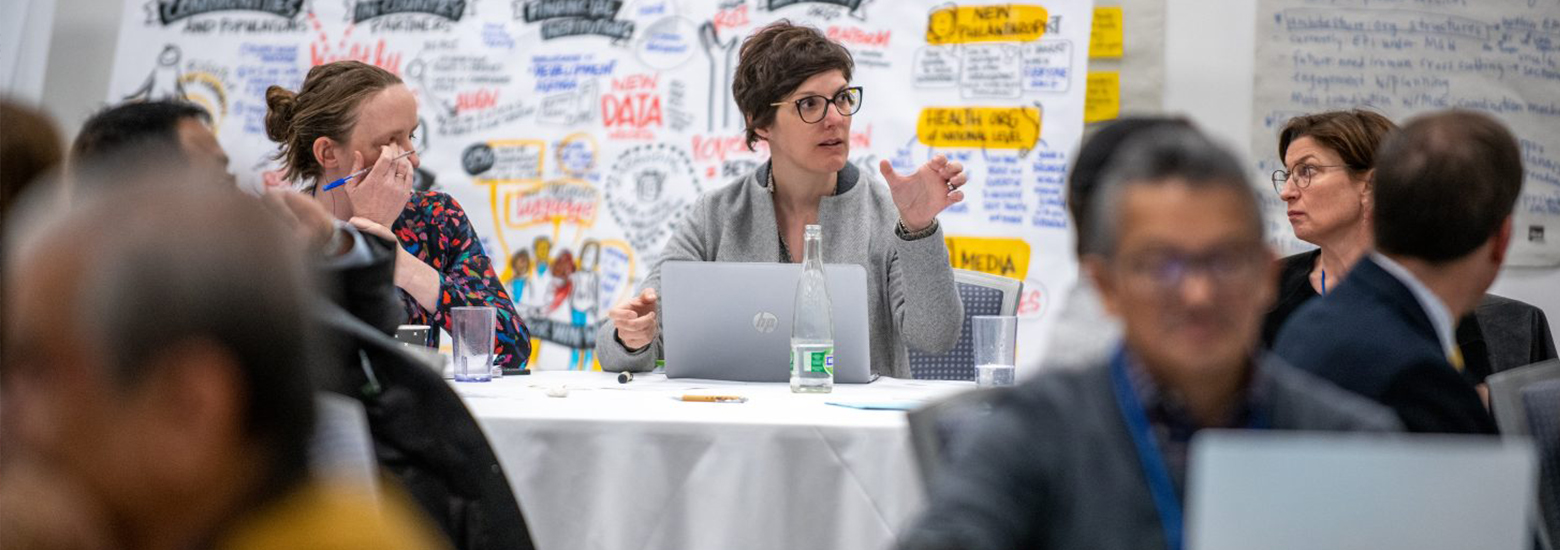
Learning graphic recording tips – in rhyming form
A few folks emailed last week with some overlapping advice for new graphic recorders. It’s wonderful to hear how the questions in the field are changing – people tend to ask me questions not about how to draw, but about how to approach the wall and the work. Here’s a summary of our chat – in rhyming form.
“Hi! I’m a new graphic recorder
And I have some questions,
I’m emailing a stranger
To help my next session.
When graphic recording,
Sam, how do you start?
There’s a lot of blank space
Is it planning or art?
Do you use pencil
Or scribe with your pen
I’ve seen you with post-its
Which is best, when?
To finish a poster
Do you work overnight?
To finish on time
How can I capture it right?
You make it look easy
But I think it’s quite skillful
Now that I’ve tried it
I’m hoping you’re helpful!”
And my response,
“Dear new graphic recorder,
Thanks for your note
I’d be happy to share
good practices to promote.
With graphic facilitation
The POP you can heed:
What is the Purpose,
The Outcome, Process, the need?
We lead with facilitation
More than nice pictures
Being strategic for the group
For me, is quite critical.
Yes, start a notebook
and practice new layouts
take field notes around you,
it helps artists stretch out.
You can emphasize all comments
Or some data or stories;
You could listen for themes
Or sort into categories.
The visuals should be visible
To guide conversation
But no groups are the same
Neither is your creation.
How can we harvest?
There’s not just one answer.
It could be a drawing, list, poem,
I guess even a dancer.
Don’t just show up and draw
The magic is the planning
Both in the content
And relationships you’re mapping.
A detailed template can be your friend
And so can blank paper:
It’s about choices – and
ensuring you’re not wallpaper.
Sometimes I use post-its
For grouping complex ideas
It’s only when I have lots of time
Or I have to spell proboscidea,
I prefer to work in real time
So participants can see –
But there might be one unique overnight
Where I synthesize with speed.
But if you’re brand new, dear colleague,
it’s really okay
To practice a bit slower
And not rush through a day;
Better to match up
your skills with the session
So everyone goes home
Impressed with our profession!”
There isn’t one answer to these questions, but I do feel strongly that graphic facilitators can be a trusted thought and facilitation partner in the room when we work to our highest potential. Help the people you are working with to be able to experience that!
Links you may enjoy: our next workshop is May Drawing Change Graphic Facilitation Workshop, May 11-12 (optional 3rd day):
I also recommend these series of questions, to help you contextualize the work- including AND beyond the artefacts we make:
https://drawingchange.com/question-well-a-reflection-tool-for-visual-practitioners/